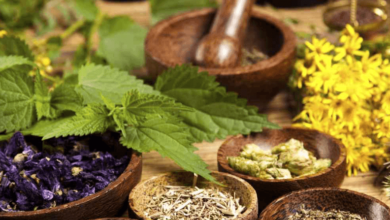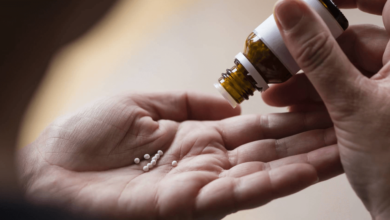How Is Homeopathic Medicine Made: How Homeopathic Medicine Is Made: the Potentization Process

The process of crafting homeopathic medicine, known as potentization, involves a systematic approach that combines dilution and succussion to enhance the therapeutic properties of raw substances. This intricate methodology begins with a precise dilution of the active ingredient, aimed at minimizing toxicity while maintaining its inherent vibrational essence. Subsequently, the mixture is subjected to succussion—a vigorous shaking technique believed to amplify the remedy’s effectiveness. Understanding the nuances of this process not only sheds light on the principles underlying homeopathy but also raises questions about its implications for individualized treatment and efficacy. What lies beyond this foundational knowledge?
Understanding Potentization
Potentization is a fundamental process in homeopathy that transforms raw substances into therapeutic remedies.
Rooted in homeopathic principles, this process involves serial dilution and succussion, enhancing the medicinal properties of the original substance.
Historically, it reflects a paradigm shift in medicine, emphasizing individualized treatment.
Understanding potentization is crucial for comprehending how these remedies align with the philosophical foundations of homeopathy and its evolution over time.
The Dilution Process
The dilution process is a critical component of homeopathic medicine, serving as the mechanism through which raw substances are transformed into potent remedies.
Utilizing various dilution methods, practitioners adhere to homeopathic principles that emphasize the importance of reducing toxicity while enhancing therapeutic effects.
This intricate process ensures that remedies retain a vibrational essence, allowing for a unique approach to healing that respects individual autonomy.
Also read: How Homeopathy Works: Mechanism of Action in Homeopathy
The Role of Succussion
After the dilution process, succussion plays a pivotal role in the preparation of homeopathic remedies.
This technique involves vigorous shaking or tapping of the diluted solution, facilitating energy transfer from the original substance to the medium.
The effectiveness of various succussion techniques can significantly influence the potency of the final product, ensuring that the homeopathic remedy retains its therapeutic qualities.
Finalizing Homeopathic Remedies
Finalizing homeopathic remedies involves a meticulous process that ensures the integrity and efficacy of the treatment.
This stage emphasizes rigorous quality control measures, including thorough testing of potency levels and contaminants.
Additionally, careful ingredient sourcing is essential to guarantee that only high-quality materials are utilized.
These practices collectively reinforce the reliability of homeopathic remedies, aligning with the principles of safety and effectiveness desired by informed consumers.
Also read: How Does Homeopathy Work: Mechanism and Effectiveness of Homeopathy
Conclusion
The potentization process exemplifies the intricate balance between science and philosophy inherent in homeopathy. Through precise dilution and succussion, remedies are crafted to harness the vibrational essence of substances while minimizing toxicity. This meticulous methodology not only enhances the therapeutic properties of the remedies but also aligns with the principles of individualized treatment. Ultimately, the fascinating interplay of these processes invites further exploration into the efficacy and potential of homeopathic medicine in contemporary healthcare.





